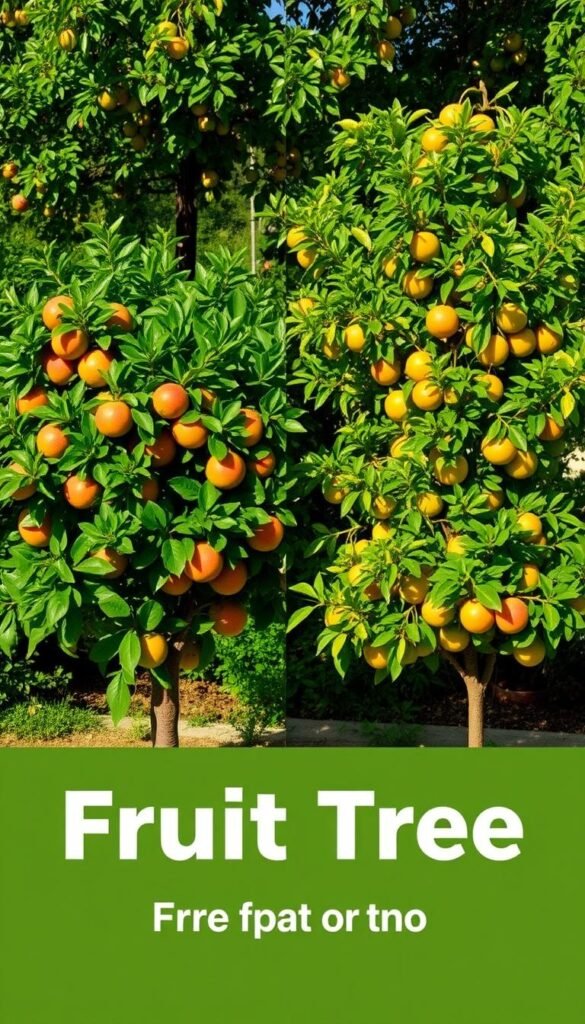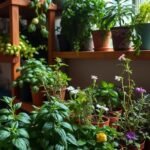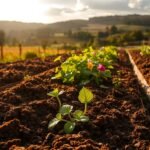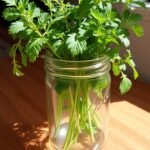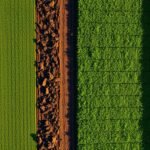Choosing between full-sized orchard plants and their smaller counterparts can shape your gardening journey for years. This decision affects everything from space requirements to how much time you’ll spend maintaining your plants. Understanding the core differences ensures you pick options that align with your lifestyle and goals.
Standard options often reach heights of 20–30 feet, demanding ample room and regular upkeep. Compact types, like those discussed in our guide to dwarf and semi-dwarf options, stay under 10 feet tall. Their smaller size simplifies tasks like pruning and harvesting while fitting neatly into urban yards.
Your local climate plays a role, too. Some varieties handle frost better, while others thrive in warmer zones. Consider how much effort you want to invest annually—whether you prefer low-maintenance picks or don’t mind dedicating weekends to care.
By weighing factors like available space, harvest accessibility, and long-term commitment, you’ll make a choice that delivers delicious rewards. Let’s explore what each type offers so you can start growing with confidence.
Introducing Fruit Trees for Your Garden
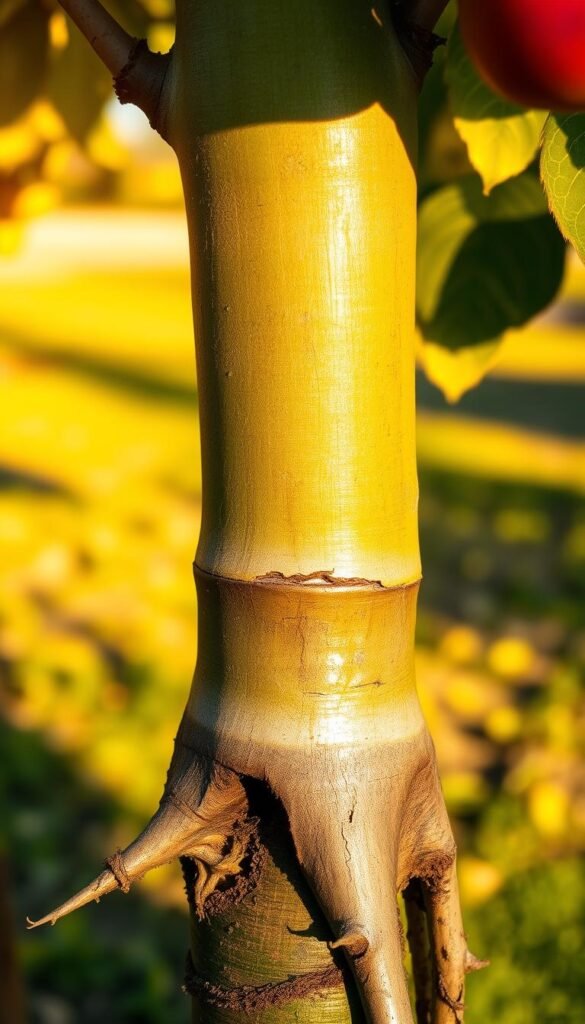
Selecting the perfect fruit-bearing plants starts with understanding three distinct size categories. Each offers unique advantages depending on your available area and gardening ambitions.
Size Spectrum Explained
Standard types tower at 15-30 feet tall, needing room to spread. These vigorous growers yield abundant harvests but demand annual pruning and patience. Semi-dwarf options (8-15 feet) strike a balance – manageable for most yards while still delivering impressive crops.
Compact dwarf varieties thrive in tight spaces. At 6-8 feet, they’re ideal for patios or container growing. Apple plants adapt particularly well to dwarfing techniques, while pear and plum species have natural limitations.
Rootstock Secrets Revealed
Growth control begins underground. Growers graft desired fruit varieties onto specialized root systems. Apple rootstocks cloned through layering create dwarf types that mature faster. Pear root systems face challenges in cold regions, and plum plants often stay small naturally.
Your root choice impacts more than height. It determines:
- Cold tolerance for winter survival
- Disease resistance in humid climates
- Soil adaptability across regions
Smart rootstock selection means earlier harvests and healthier plants. Northern growers should prioritize cold-hardy options, while southern gardeners might focus on heat tolerance.
Key Characteristics of Garden Fruit Trees
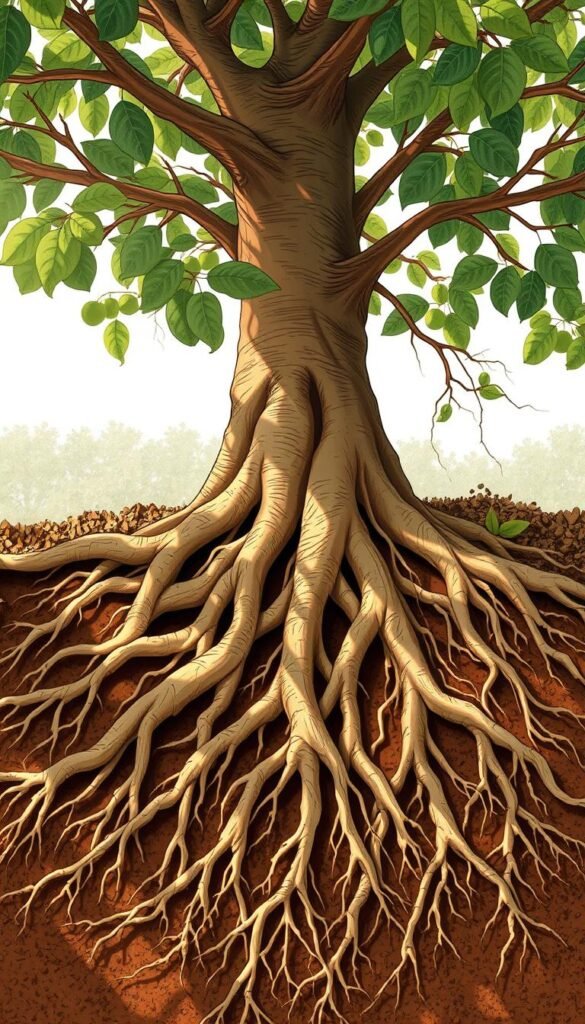
Understanding how different types develop helps you match them to your landscape’s needs. Their growth patterns and care requirements vary dramatically – let’s break down what this means for your planting plans.
Growth Habits and Size Considerations
Full-sized specimens dig deep. Their roots stretch 15-20 feet underground, making them drought-resistant powerhouses. This underground network supports towering heights up to 30 feet – perfect for shading other plants but demanding ample space.
Semi-dwarf types reach 8-15 feet tall with roots spreading 10-12 feet. They adapt better to clay or sandy soils than their larger cousins. Compact dwarf versions stay under 8 feet but need permanent stakes – their shallow roots barely extend 4 feet.
Maintenance, Pruning, and Long-Term Productivity
Taller plants require ladder work for pruning and harvesting. While time-consuming, their robust structure handles aggressive cuts well. Smaller varieties let you trim branches at eye level, though precise shaping becomes critical for fruit production.
Consider this productivity comparison:
| Type | Years to First Harvest | Annual Yield | Lifespan |
|---|---|---|---|
| Standard | 5-8 years | 500+ lbs | 50+ years |
| Semi-Dwarf | 3-5 years | 200-400 lbs | 20-30 years |
| Dwarf | 2-4 years | 50-100 lbs | 10-15 years |
Early-bearing dwarf plants compensate for shorter lifespans by fruiting quickly. Larger types reward patience with decades of abundant harvests. Choose based on whether you prioritize immediate results or generational yields.
Garden Fruit Trees vs. Dwarf Varieties: Which Is Right for You?
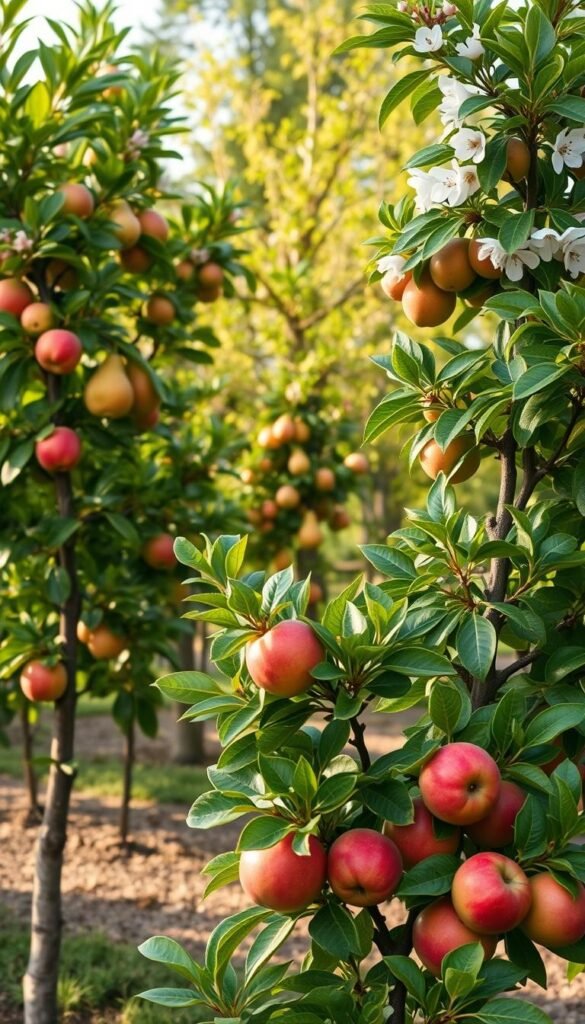
Your planting decision shapes decades of growth and harvests. Three critical factors determine which option thrives in your landscape: available room, regional climate, and your long-term vision. Let’s break down how these elements guide your selection.
Evaluating Space Requirements and Harvesting Ease
Standard types demand 30+ feet of vertical and horizontal space. Their expansive roots compete with nearby plants, making them better suited for rural properties. Compact versions work in urban settings—some even flourish in large containers.
Harvesting differences matter:
- Dwarf types let you pick without ladders
- Standard varieties require climbing gear for upper branches
- Semi-dwarf options split the difference
Comparing Cold-Resistance, Longevity, and Vigor
Northern growers face a harsh truth: dwarf root systems often fail below -25°F. Even cold-hardy apple grafts struggle when paired with weak roots. Standard specimens withstand deeper freezes thanks to robust underground networks.
“A standard tree planted today could feed your grandchildren. Dwarf types? They’re more like a 15-year commitment.”
Vigor impacts care needs. Larger plants recover from pest damage naturally, while smaller ones need prompt treatment.
Personal Factors Influencing Your Choice
Ask yourself:
- Do you want low-effort care after establishment?
- Is generational legacy or quick results more important?
- How harsh are your winters?
Urban gardeners with limited time often prefer compact types. Rural planters valuing self-sufficiency lean toward standard varieties. Match your climate zone and lifestyle for best results.
Maximizing Your Garden Space with Dwarf and Semi-Dwarf Trees
Transforming limited areas into lush, productive spaces becomes achievable with smart plant choices. Compact options let you enjoy fresh harvests without sacrificing your entire yard—perfect for modern living where every square foot counts.
Container Gardening and Compact Planting Techniques
Growing in pots offers flexibility for tight spots. You can shift plants to catch sunlight or shield them from storms. Semi-dwarf types thrive in containers, maturing to 15 feet while producing generous yields. Their size makes pruning simpler and pests easier to manage.
Dwarf versions stay under 8 feet, ideal for patios or mixed beds. Pair them with flowers or herbs to create edible landscapes. For clever layout ideas, explore our guide on how to maximize your garden’s potential in compact settings.
Balancing Yield and Convenience in Small Areas
Arrange multiple compact plants in staggered rows or vertical tiers. This “mini-orchard” approach fits 3-4 trees in a 10×10-foot plot. Semi-dwarf varieties bear fruit 2-3 years faster than full-sized ones, giving quicker rewards.
Prioritize dual-purpose picks—trees that offer spring blossoms and autumn harvests. With thoughtful placement, even balcony growers can enjoy apples, peaches, or citrus. The key? Match plant sizes to your space while ensuring easy access for care.
